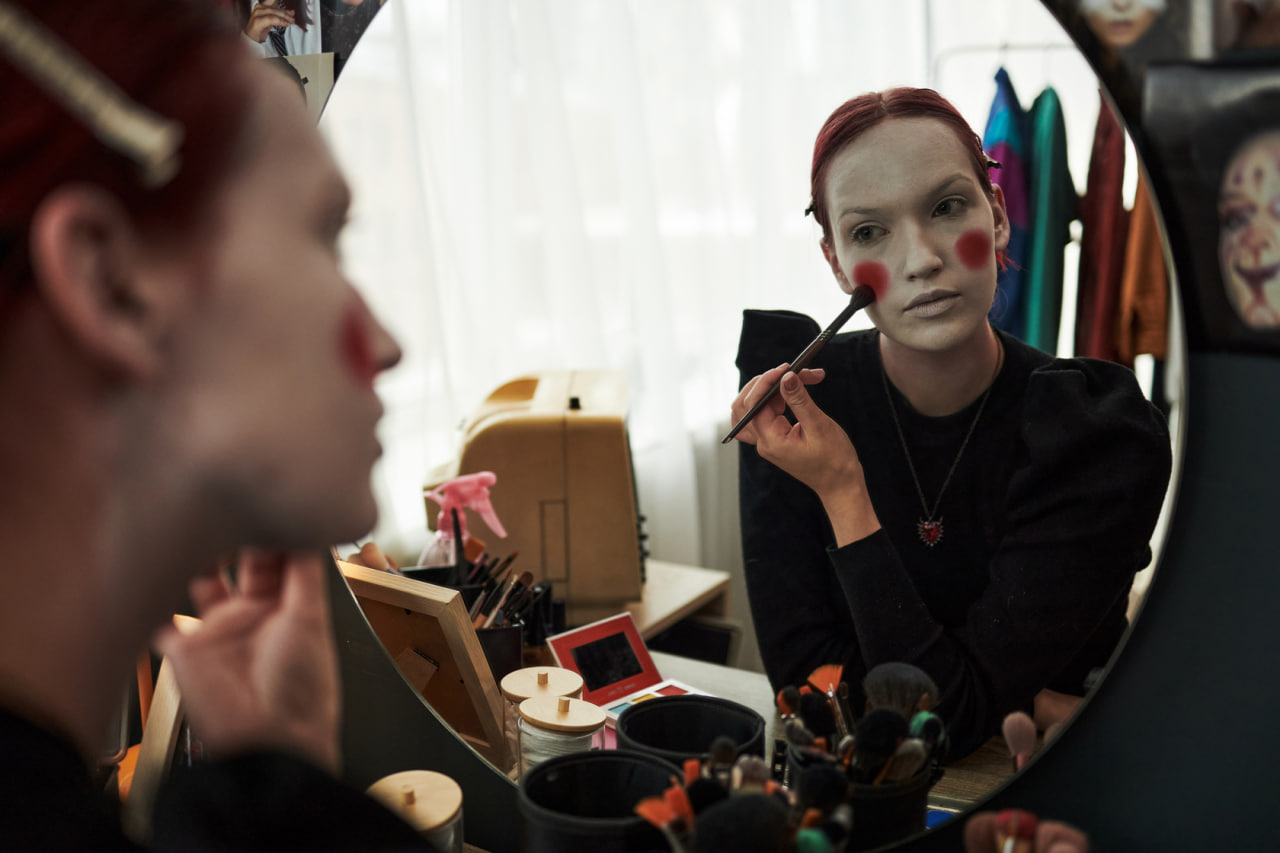Designing makeup for live performances is a creative and technical process that requires careful planning, artistic vision, and practical application skills. Unlike film or photography, stage makeup must withstand distance, lighting, and movement while still conveying character, emotion, and narrative to the audience. Understanding the process from concept to final application ensures professional results that enhance performances and engage viewers.
Conceptualizing the Character
The first step in designing stage makeup is understanding the character and the story. This involves analyzing the script, discussing the character’s personality, background, and role in the narrative, and determining how makeup can support storytelling. Conceptualization may include sketching ideas, researching historical or cultural references, and collaborating with costume and lighting designers. A clear concept serves as the foundation for every subsequent step in the makeup process.
Creating a Design Plan
Once the concept is established, the next stage is creating a detailed design plan. This plan outlines the techniques, materials, colors, and tools required to achieve the desired effect. Considerations include the scale of the makeup, how it will read from different audience distances, and its interaction with stage lighting. A design plan ensures that all elements of the makeup are intentional and cohesive, avoiding last-minute improvisation that can compromise quality.
Choosing Materials and Techniques
Selecting the right materials and techniques is critical for durability, comfort, and visual impact. Options include creams, powders, gels, prosthetics, latex, silicone, and airbrush applications. Each material has unique properties suited for specific effects, such as creating realistic skin texture, wrinkles, scars, or fantasy features. Stage conditions, actor movement, and performance duration influence material selection, ensuring that makeup remains intact and visually effective throughout the show.
Application and Layering
Applying stage makeup requires skill and precision. Layering colors and textures enhances realism and ensures features are visible from all audience angles. Foundation, contouring, highlights, and shadows work together to define facial structure, enhance expressions, and support character identity. For complex designs, applying prosthetics or special effects elements in stages allows for proper blending and secure adhesion, producing a seamless and professional finish.
Testing Under Stage Conditions
Makeup must be tested under actual stage conditions to ensure its effectiveness. Lighting, distance, and movement can all affect how colors and textures appear. Testing allows artists to adjust shades, intensity, and contrast to achieve the intended look. Rehearsals with the actor wearing full makeup provide an opportunity to refine application techniques, troubleshoot issues, and ensure comfort and mobility during the performance.
Collaboration with Cast and Crew
Successful stage makeup relies on collaboration with actors, costume designers, directors, and lighting technicians. Makeup should complement costumes, hair, and stage design while supporting the actor’s ability to express emotion and perform comfortably. Open communication and feedback between all parties ensure that the makeup contributes meaningfully to the overall production, reinforcing storytelling and audience engagement.
Maintaining Makeup During Performances
Stage performances often involve multiple shows, long durations, and high-intensity movement. Maintaining makeup requires durable materials, proper sealing, and touch-up strategies. Quick-access kits with essential products and tools enable performers or assistants to address smudges, fading, or minor damage between scenes, ensuring consistency and professionalism throughout each performance.
Creativity and Adaptability
Designing makeup for live performances demands both creativity and adaptability. Artists must innovate within the constraints of stage lighting, actor comfort, and production requirements. Experimenting with textures, colors, and techniques allows for unique and visually striking results. Adaptability ensures that makeup can respond to unforeseen challenges while preserving the integrity of the design and the character’s portrayal.

